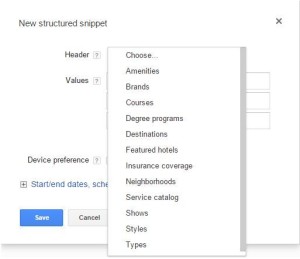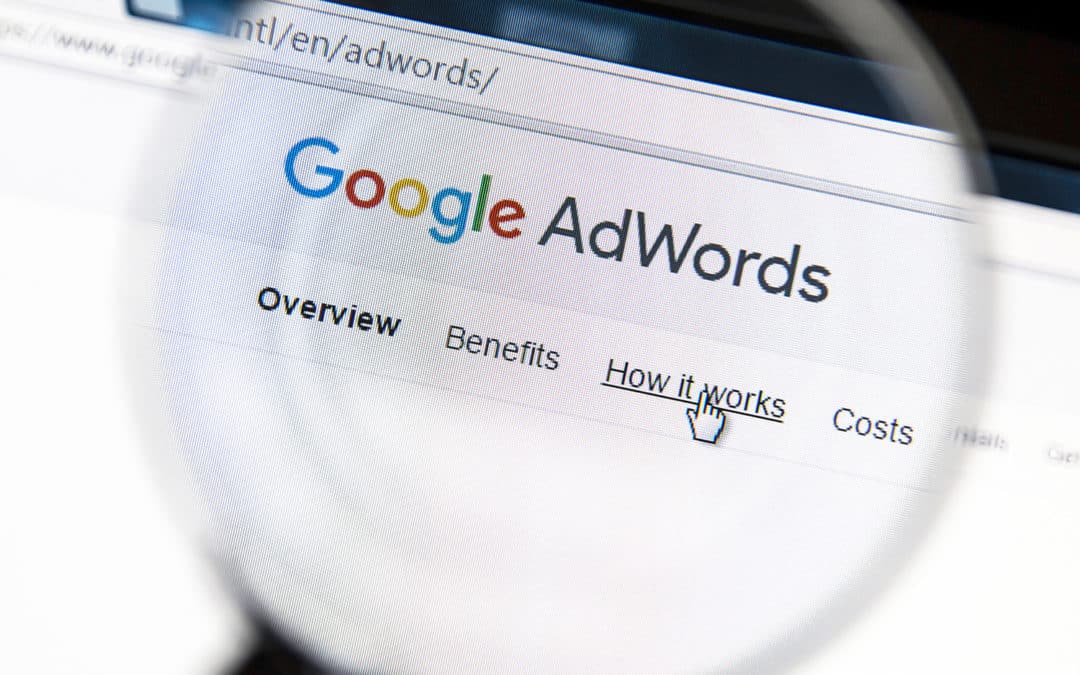I would like to preface this blog post with the fact that I am a hugefan of AdWords and spend quite a bit of money monthly for clients. However, I know it’s not for everyone so lets begin with reasons not to use Google AdWords so we can get both sides of the spectrum.
For starters, the problem nowadays is that a startup or new business is dropping $5 or more per click to get people to visit their site. Just because you’re increasing visitors to your site by being at the top of a Google search page, does not guarantee it will turn them into customers. The range in price per click can go really high. I’ve seen it go to $100. You end up paying whether there’s a sale or not.
Another issue is having to compete with huge companies. It’s so difficult for small companies to compete with much larger companies. By the time a startup business launches, all of their relevant keywords have been taken, which in turn, raises the price.
Then you run into the problem of being weighed down with limited characters for your ad. They allow you to 25 characters in the headline, 35 each in the two lines of text and 35 in the display URL. While this isn’t exactly the end of the world, this restriction can make using AdWords rather tricky.
Mistakes can cost you badly. Whether it’s a misspelling in your ad or forgetting to connect it to the correct landing page, you will waste money before you figure it out. You must also make sure that you are using your AdWords Conversion tracking. Otherwise, you’ll be missing out on real-time information.
Just because you’re working with the largest search engine in the world doesn’t mean that your audience is going to find you. AdWords can be broad because it’s focused on the most relevant choice on the page. You may offer multiple services that do not show up in search results. How can you let people know all that information? They may do a search and get results that don’t reflect all of the services that you offer.
On the other hand, there are so many new features that will definitely start being used more often in 2016. For instance, call-only campaigns are great for those that do not care about having website traffic but want immediate results via phone calls, such as, dentists and car repair shops. Call-only ads essentially replace the headline of your ad with your phone number and include a “Call” button, making it easy for searchers to call you just by clicking on the ad.
Another wonderful feature is video campaign ads which are more interactive and engaging for viewers. Trueview Cards allows you to include more information about your business and brand, as well as direct people to your website directly from the ad. There is also Trueview for Shopping which offers advertisers the ability to promote specific product images and details, and allows users to purchase from your website, all within their video ad.
With the new structured snippet extensions you can highlight everything from amenities and brands to styles and types of products. Since these ad extensions play a role in determining your ad tank, it benefits just about any type of business. Amazingly, Google even created custom “Black Friday” and “Cyber Monday” structured snippets that allowed businesses to display the special deals and offers over the holiday shopping season.
Google has also made it possible for all advertisers to run native Gmail ads directly from AdWords. These ads are considered part of the Display Network and feature a great variety of rich and colorful ads that allow businesses to showcase specific products, deals or services.
The latest update in October – perfectly timed for holidays – was Shopping Re-marketing Lists. It allows you to specifically target users that have come to your site but didn’t make a purchase. They will continue to see your ads when they do similar searches on Google.
Along with the Shopping re-marketing lists, Google also released two new tools – the Shopping Insights Tool and the Assortment Report. The Shopping Insights Tool identifies products that people are looking for online and provides in-depth information about search behavior. The Assortment Report uses the Google Merchant Center to identify products that shoppers are searching for that you don’t currently offer.
Looking ahead, experts are predicting that 2016 will be another big year for pay-per-click advertising, with even more improvements to everything from ad targeting and cost-per-click strategies to social media and mobile ads.
Thank you for your attention!


Thanks, great article.